
Recognizing featured Plant Cell first authors, January 2017
0 Comments
/
Recently, we’ve been profiling first authors of Plant Cell papers that are selected for In Brief summaries. Here are the first-author profiles from the December issue of The Plant Cell.
Michael Sandmann, featured first author of Targeting of A. thaliana KNL2 to centromeres depends on the conserved…
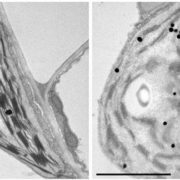
Photodamaged Chloroplasts Are Targets of Cellular Garbage Disposal
IN BRIEF by Gregory Bertoni gbertoni@aspb.org
Autophagy, or "self eating," is the process cells use to consume unwanted intracellular structures such as damaged organelles, excess membranes, and unneeded cellular proteins (Mizushima and Komatsu, 2011). Typically, the unwanted structure becomes surrounded…
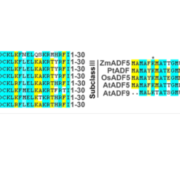
Loose-Knit Family: Tracing the Evolution of Actin Depolymerizing Factors that Sever or Join the Actin Cytoskeleton
IN BRIEF by Jennifer Lockhart jlockhart@aspb.org
The interior of a plant cell is supported by the actin cytoskeleton, a complex network of yarn-like fibers whose form changes as the cell develops, grows, and divides. Actin fibers readily come apart (sever) and join back together, depending on the…

Basal vs. Non-basal Polarity: Different Endomembrane Trafficking Pathways Establish Different Patterns
IN BRIEF: Nancy R. Hofmann nhofmann@aspb.org
Plant development and responses to the environment hinge on the ability to target proteins to different areas of the plasma membrane within a cell. Indeed, the establishment of polar distributions of proteins such as PIN auxin transporters is among the…
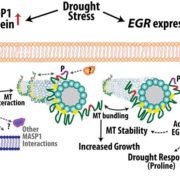
Fine-tuning plant growth in the face of drought
IN BRIEF by Kathleen L. Farquharson kfarquharson@aspb.org
Limiting shoot growth is an important survival strategy for plants during times of drought; smaller leaves mean that less water is lost through transpiration and more is retained in the soil. As drought stress restricts both cell division and…
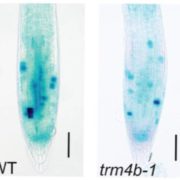
More than Window Dressing: Revealing 5-Methylcytocine Patterns that Decorate Arabidopsis RNA
IN BRIEF by Jennifer Lockhart jlockhart@aspb.org
DNA is sculpted by several types of epigenetic modifications with profound effects on gene expression, development, and stress responses. Much less is known about the more than 100 chemical modifications shaping plant RNA, a topic explored in the newly…
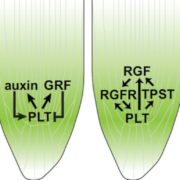
The PLETHORA Gene Regulatory Network Guides Growth and Cell Differentiation in Arabidopsis Roots
Due to plant cells’ shared walls and immobility, cell division, differentiation and expansion must be tightly regulated across space and time. The six members of the PLETHORA (PLT) transcription factor family distribute in gradients through the root tip and are largely responsible for its developmental…

Recognizing featured Plant Cell first authors, December 2016
Recently, we’ve been profiling first authors of Plant Cell papers that are selected for In Brief summaries. Here are the first-author profiles from the December issue of The Plant Cell.
Yao-Pin Lin, featured author of Identification of Chlorophyll Dephytylase Involved in Chlorophyll Turnover in Arabidopsis
Current…
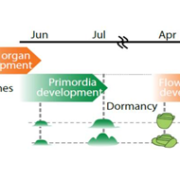
Epigenetic regulation of sex determination in polyploid persimmon
Although most flowering plants produce flowers with male and female parts, there are exceptions which are broadly classified as dioecious (two houses; each individual is male or female, usually associated with the presence of a sex chromosome) and monoecious (one house, separate male and female flowers…

